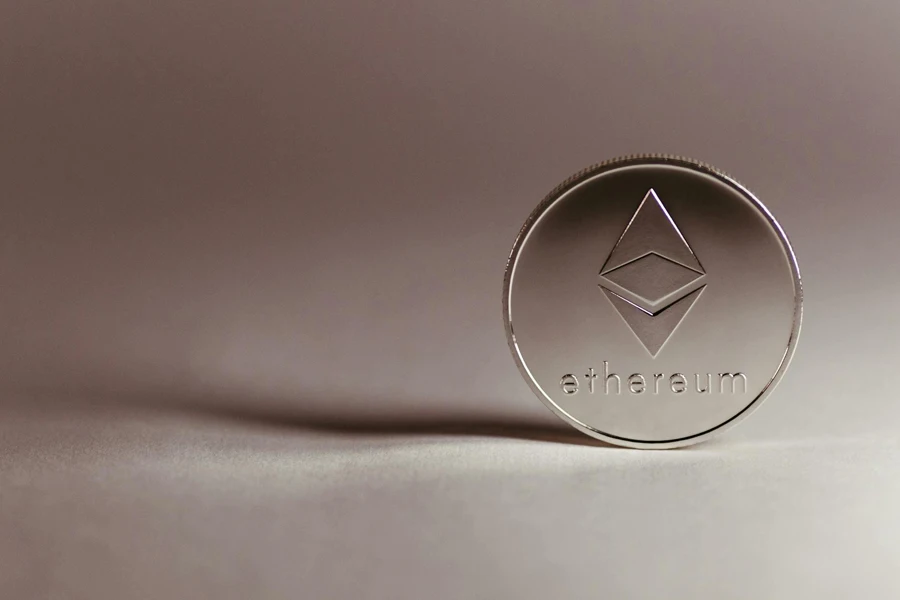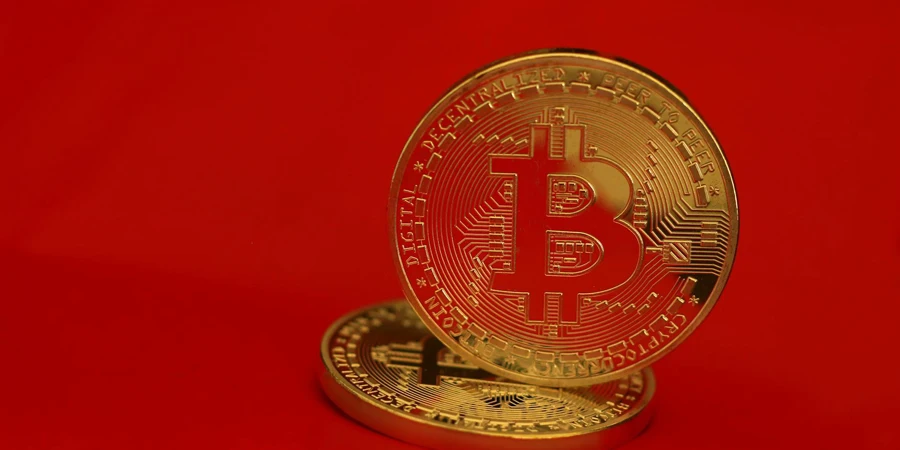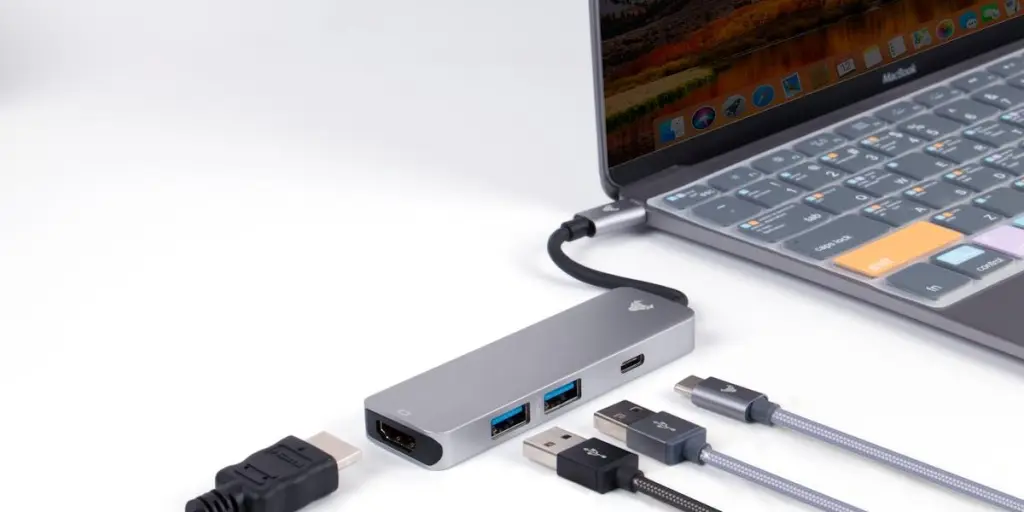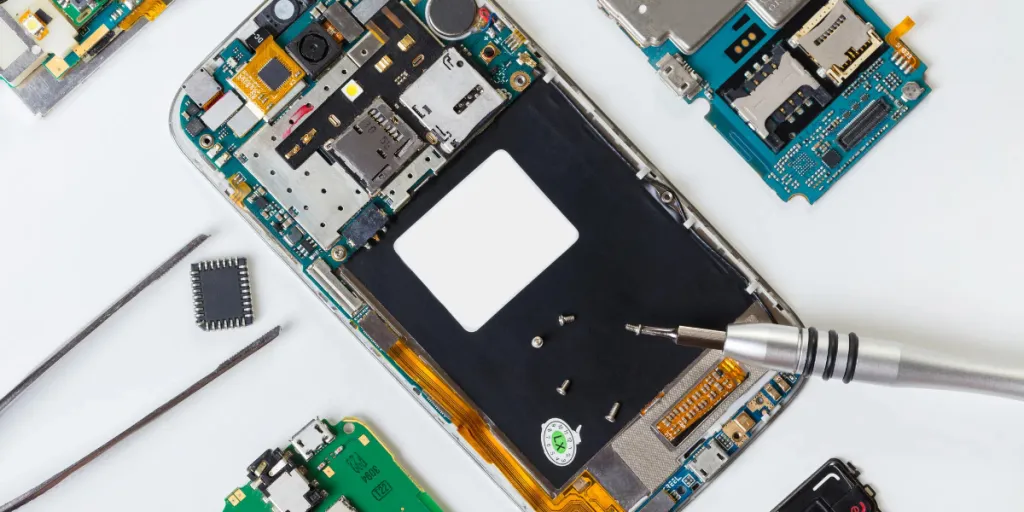Table of Contents
● Introduction
● Market overview
● Things to consider when selecting products
● Best products/models/types and their features
● Conclusion
Introduction
Blockchain mining remains a pivotal aspect of the cryptocurrency ecosystem, offering opportunities for both profitability and enhancing network security. Choosing the right hardware is essential for optimizing mining operations and ensuring long-term success. With the market constantly evolving, understanding the latest trends and technological advancements is crucial. This guide will help you navigate the complexities of hardware selection, focusing on key factors and top-performing models. Equip yourself with the best tools to maximize efficiency and profitability in your mining endeavors.

Market overview
The global blockchain mining hardware market is witnessing substantial growth, driven by increasing demand for efficient and powerful mining equipment. As of 2023, the market size was valued at approximately USD 2.75 billion and is projected to reach USD 3.91 billion by 2028, growing at a compound annual growth rate (CAGR) of 9.8%, according to Research Nester. This expansion is fueled by the rising popularity of cryptocurrencies and the need for advanced hardware to keep up with increasing mining difficulty. The number of units sold is also on the rise, indicating robust demand from both individual miners and large-scale operations. Major factors contributing to this growth include technological advancements in mining hardware, such as more efficient application-specific integrated circuits (ASICs) and improved cooling systems. Additionally, regulatory support in various regions and increasing investments in cryptocurrency mining operations are bolstering market growth. According to Research Nester, continuous improvements in mining efficiency and energy consumption are making mining more profitable and sustainable, further driving the market’s expansion.
Market shares are predominantly held by a few key hardware manufacturers, though the landscape is evolving as new entrants introduce competitive products. Trends indicate that market shares are influenced by technological advancements and competitive pricing strategies, according to Research Nester. Innovations such as more energy-efficient mining hardware and advanced cooling solutions are pivotal in driving these changes. Regulatory developments also play a crucial role, with supportive policies in some regions encouraging mining activities. Moreover, trends in mining efficiency and energy consumption are critical, with miners increasingly adopting hardware that offers higher hash rates while consuming less power, thereby optimizing operational costs and enhancing profitability. This dynamic landscape suggests that the blockchain mining hardware market will continue to evolve rapidly, driven by continuous technological innovation and changing market conditions.

Things to consider when selecting products
Hash rate
The hash rate is a crucial factor in blockchain mining efficiency, as it determines how quickly a mining device can solve complex mathematical problems and add new blocks to the blockchain. A higher hash rate increases the chances of earning rewards, making the mining process more profitable. When comparing different hardware types, CPUs have the lowest hash rates, making them inefficient for serious mining operations. GPUs offer higher hash rates and can handle various mining algorithms, making them more versatile but still less efficient compared to ASICs. ASICs, or application-specific integrated circuits, are designed specifically for mining and offer the highest hash rates, providing the most efficiency and profitability according to Koinx.com.
Power consumption
Power consumption is another critical factor that impacts mining profitability. High power consumption increases electricity costs, which can significantly reduce profit margins. For instance, GPUs consume more power than CPUs, but ASICs, despite their high efficiency, can also have substantial power requirements. To minimize electricity costs, miners can implement strategies such as optimizing hardware settings for better energy efficiency and using more efficient cooling systems. Additionally, choosing mining locations with lower electricity rates can help improve profitability. According to Koinx.com, efficient power management is essential for maximizing returns from mining activities.
Initial cost and ROI
Balancing the initial cost of mining hardware with the expected return on investment (ROI) is vital for making informed purchasing decisions. ASICs tend to have the highest initial costs but also offer the highest efficiency and potential profitability. GPUs, while more affordable, provide moderate hash rates and higher power consumption, which can affect ROI. CPUs are the least expensive but are not suitable for large-scale mining due to their low efficiency. A detailed cost analysis considering the purchase price, power consumption, and expected mining rewards can help miners choose the most cost-effective hardware. Koinx.com emphasizes the importance of calculating ROI to ensure sustainable and profitable mining operations.
Reliability and manufacturer reputation
Choosing reliable mining hardware from reputable manufacturers is crucial for minimizing downtime and ensuring consistent performance. Hardware from well-known manufacturers often comes with better customer support and warranty options, reducing the risks associated with hardware failures. Reliable hardware can withstand the rigors of continuous mining operations, which is essential for maintaining profitability. Customer reviews and industry recommendations can provide valuable insights into the reliability and performance of different hardware options. According to Koinx.com, selecting hardware from trusted manufacturers can significantly impact the success of mining activities.
Compatibility with mining software
Ensuring that mining hardware is compatible with popular mining software is essential for optimizing performance. Different mining software may support specific hardware types, and using compatible combinations can enhance mining efficiency. Miners should also keep their software updated and configure settings to optimize hash rates and power consumption. Tips for optimizing software settings include adjusting clock speeds and voltage levels to find the best balance between performance and energy efficiency. According to Koinx.com, proper software optimization is key to maximizing the potential of mining hardware.

Best products/models/types and their features
ASIC miners
ASIC miners are specialized hardware designed specifically for blockchain mining, offering the highest efficiency and hash rates. According to TokenTax, top ASIC miners include models with hash rates ranging from 84 TH/s to over 200 TH/s, with power consumption typically between 1980W and 5550W. These devices are tailored for high-performance mining, providing unparalleled efficiency compared to general-purpose hardware like CPUs and GPUs. The primary advantages of ASIC miners are their high hash rates and energy efficiency, which make them more profitable for serious mining operations. However, they also come with higher initial costs and are often limited to specific cryptocurrencies, making them less versatile than other types of hardware.
GPU miners
GPU miners are known for their versatility and ability to handle multiple mining algorithms, making them suitable for various cryptocurrencies. According to TokenTax, top-performing GPU miners offer a balance between cost and performance, with hash rates significantly higher than CPUs but lower than ASICs. GPUs are particularly useful for miners who want to diversify their mining activities across different coins. They also consume more power than CPUs but less than ASICs, making them a middle-ground option in terms of energy efficiency and profitability. The flexibility of GPUs allows miners to switch between different cryptocurrencies based on market conditions, enhancing their potential for profitability.
Emerging technologies
Emerging technologies in blockchain mining hardware are continuously reshaping the mining landscape. Innovations such as more energy-efficient ASICs and advanced cooling solutions are pivotal in enhancing mining efficiency and reducing operational costs. According to TokenTax, upcoming models promise even higher hash rates with lower power consumption, making them more attractive to miners looking to maximize profitability. Additionally, developments in quantum computing and AI-driven mining optimization software could further revolutionize the industry, offering unprecedented levels of efficiency and performance. These advancements are expected to drive significant changes in the market, pushing the boundaries of what is possible in blockchain mining.
Potential impact on the mining landscape
The introduction of new and improved mining technologies has the potential to significantly impact the blockchain mining landscape. According to TokenTax, advancements in hardware efficiency and performance could lead to increased competition among miners, driving the need for continuous upgrades and investments in the latest technologies. This competitive environment may also result in the consolidation of mining operations, with larger, more efficient miners dominating the market. Additionally, the push towards greener and more sustainable mining practices could influence the development of hardware that minimizes environmental impact while maximizing output, aligning with global trends towards sustainability.
Pros and cons of different models
Each type of mining hardware comes with its own set of advantages and disadvantages. ASIC miners, while highly efficient and powerful, are expensive and limited to specific cryptocurrencies. They also become obsolete more quickly as newer models are released. GPU miners, on the other hand, offer greater versatility and the ability to mine multiple cryptocurrencies but are less efficient than ASICs and consume more power. CPUs, although the least expensive, are not suitable for serious mining due to their low hash rates and efficiency. According to TokenTax, choosing the right hardware depends on the miner’s specific needs, budget, and goals, with each type offering different trade-offs between cost, efficiency, and versatility.
Conclusion
Selecting the best blockchain mining hardware requires careful consideration of multiple factors, including hash rate, power consumption, and initial cost. High hash rates are crucial for solving cryptographic puzzles quickly and earning rewards, while low power consumption ensures that electricity costs do not erode profitability. The initial cost of the hardware also plays a significant role, as miners must balance the upfront investment with the potential return on investment. By understanding market trends and evaluating top-performing models, miners can make informed decisions that optimize their operations.
Evaluating top-performing models helps miners choose hardware that offers the best combination of efficiency, cost-effectiveness, and performance. Advanced ASIC miners, for example, provide high hash rates and energy efficiency, making them suitable for large-scale mining operations. GPUs, while less powerful than ASICs, offer versatility for mining multiple cryptocurrencies. Additionally, emerging technologies promise further enhancements in mining efficiency and performance, ensuring that miners who stay updated with these trends can maintain a competitive edge. Ultimately, by carefully selecting hardware that meets their specific needs and objectives, miners can maximize profitability and achieve long-term success in the rapidly evolving blockchain mining landscape.








